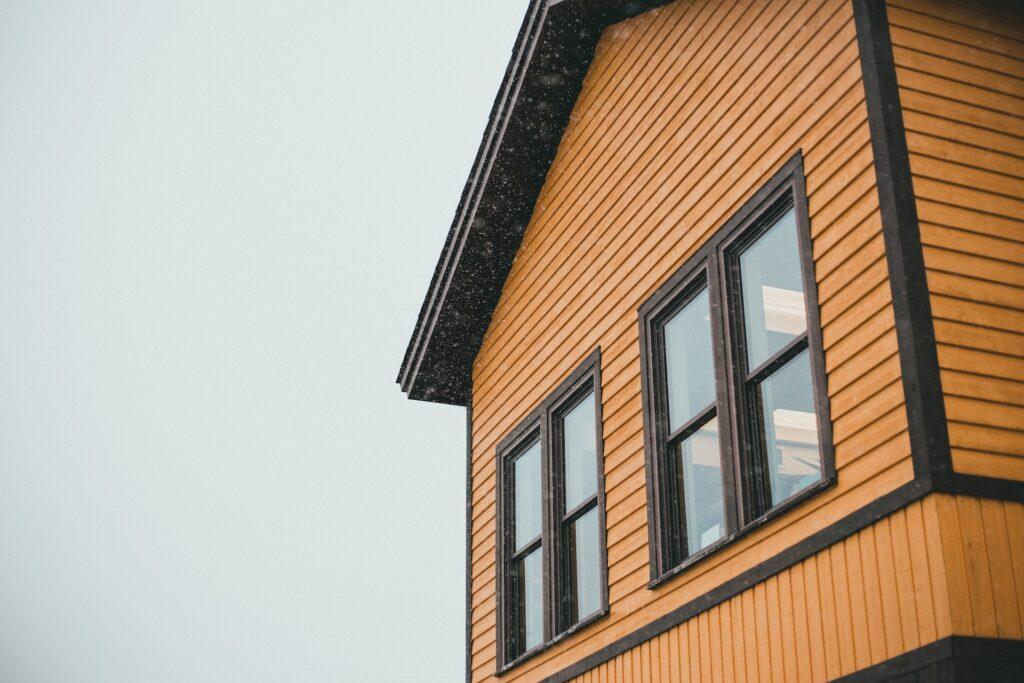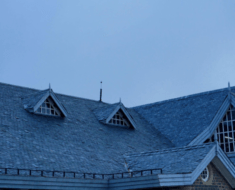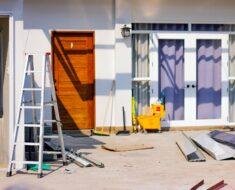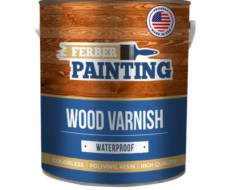
If you’re thinking about giving your home’s exterior a fresh look or simply upgrading its protection, siding replacement might be on your mind. Once you start looking at the material options available, the decision can get pretty confusing. Luckily, you’re at the right place.
There are a few factors that go into picking the best siding material for your home. As a homeowner, your instinct may be to decide based on your budget. But you also need to consider factors like maintenance, curb appeal, and weather conditions. For example, if you live in a hot city like Seattle, fiber cement is the best option.
We’ll discuss the top sliding material options and their pros and cons, making it easier for you to take your pick. Keep reading to learn all about it!
How to Choose the Right Material for Siding Replacement
There are several factors to consider when picking a material for your siding replacement. First and foremost, you need to consider the weather conditions of your area since that can greatly affect how your siding performs and how long it can last. Extreme heat, cold, rain, and wind can make vinyl and aluminum siding deteriorate faster, so opt for fiber cement.
Luckily, the siding replacement company you opt for will provide guidance based on your city’s climate. For example, if you live in Seattle, Washington, a reliable Seattle siding replacement company will recommend a durable and moisture-resistant material like fiber cement.
Of course, the second most important factor is the cost and budget. These materials vary greatly in terms of upfront expenses as well as maintenance and installation costs. Most materials that cost more upfront typically save money on long-term expenses such as maintenance.
For example, vinyl siding is typically the most affordable pick but deteriorates faster under extreme weather conditions. On the other hand, natural stone siding requires quite a splurge, but it’s much more durable than other options. That means you won’t have to pay for maintenance as often.
You also need to consider the siding material’s aesthetics and curb appeal, potentially increasing your home’s resale value. Whether it’s the classic appeal of brick siding or the modern vibe of vinyl, picking the right colors and textures can make all the difference.
Last but not least, the decision for the right siding material is incomplete without considering the maintenance costs. Fiber cement and natural stone sidings are low maintenance and only need periodic cleaning to stay in top shape. On the other hand, wood siding demands more regular upkeep, such as painting and protection against pests.
Common Siding Materials
Vinyl
Vinyl siding is one of the most popular options when it comes to siding replacement materials. Since it’s made from PVC, it’s affordable, reliable, and low-maintenance. It’s often available in many colors and styles, making it easy to improve your curb appeal. Plus, it’s resistant to rot, moisture, and insects. More importantly, it’s pretty easy to install, so the replacement company won’t charge you too much for the installation.
Fiber Cement
Known for its durability and versatility, fiber cement siding is the best option for homeowners in search of a material they can really count on. This composite material is a mix of sand, cement, and cellulose fibers. That means you can count on its robust and low-maintenance build. Other than that, replacement companies can manipulate fiber cement to mimic the look of stucco, masonry, or even wood for a natural finish.
Wood
If you’re looking for a timeless and visually appealing choice, wood siding may be the right fit for you. Its natural beauty and color add warmth to your home, but it definitely needs more maintenance than other picks. It comes in various styles, including clapboard, shakes, and shingles, allowing you to make the most of its curb appeal. It’s the perfect pick for anyone who appreciates the authenticity and classic charm of real wood.
Aluminum
Aluminum siding is a durable and low-maintenance option for areas with unreliable climates. It resists weather conditions, including rain and extreme temperatures, lasting longer than you’d expect. While it is fire-resistant, it’s also susceptible to dents and scratches. Its lightweight nature simplifies installation, reducing your expenses. You can also find this type of siding in various finishes. It’s affordable and easy to use, making it a practical choice for homeowners seeking a budget-friendly exterior solution.
Engineered Wood
If you want the natural look of wood without wanting your siding to deteriorate in extreme weather or fire, opt for engineered wood. Its durability surpasses traditional wood, resisting warping, rot, and pests. And it’s even more affordable than wood while offering the same timeless appearance. The best part? It’s made from recyclable and eco-friendly materials. It also requires minimum maintenance in the long run.
Brick
Last but not least, brick siding is a classic and reliable exterior pick that many homeowners swear by. It’s durable and resistant to pests, weather, and fire, but it can be pretty pricey to install. Luckily, you can offset expenses with its color retention and low maintenance. Also, its thermal mass offers energy efficiency benefits. It’s also available in many colors and styles. Plus, brick siding can also give your home that charming vintage effect that will make anyone turn their head for a second look of awe as they pass by your house.
Conclusion
As you’ve discovered, the ideal siding material for your home is a choice that requires careful consideration. Each material has its pros and cons, depending on your budget, climate, aesthetics, and maintenance.
For example, if your area often has extreme weather conditions, fiber cement is a durable option to consider. On the other hand, vinyl siding is a better pick for those on a budget. You can even explore sustainable siding materials for an eco-friendly option. So, take your time, assess your requirements, and weigh the options carefully. With the right siding material, you can keep your home beautiful and protected.





